Descent Planning: Strategies for Safe and Smooth Arrivals
Flight Training Central
JANUARY 10, 2025
Descent planning is a critical yet often overlooked aspect of managing your flight. And if not planned properly, a poorly executed descent can present challenges and unnecessary risks when transitioning to an approach or the traffic pattern. Finally, you can enable messages to alert you as to when to begin the descent.

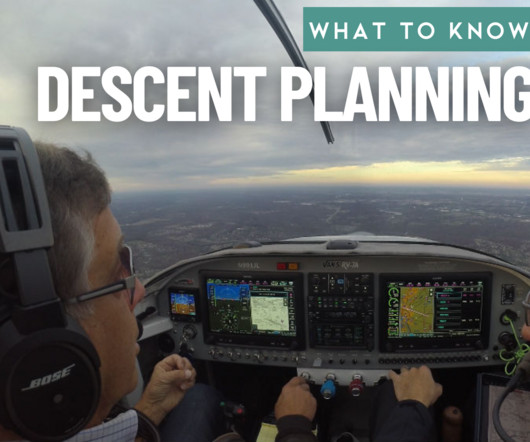







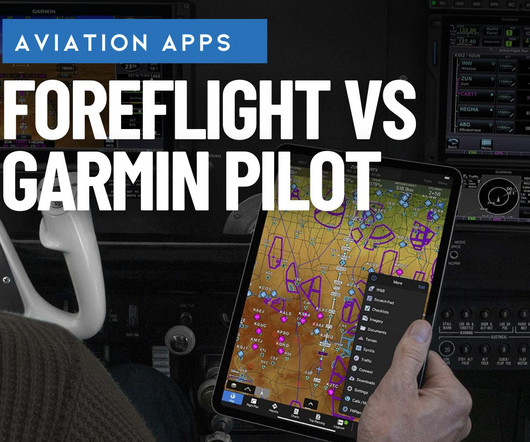
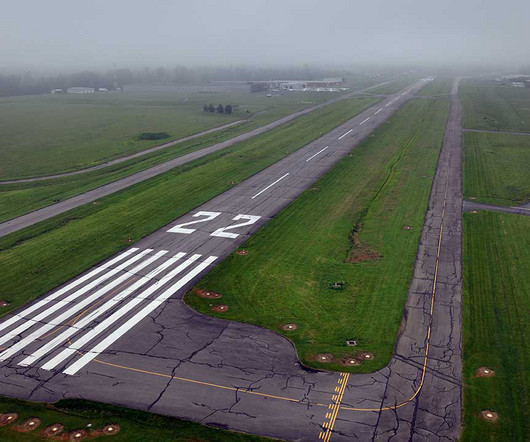



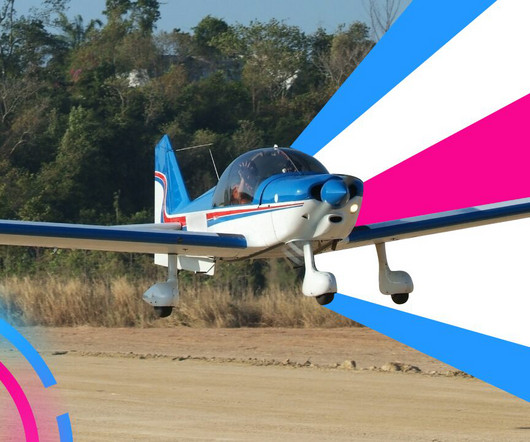
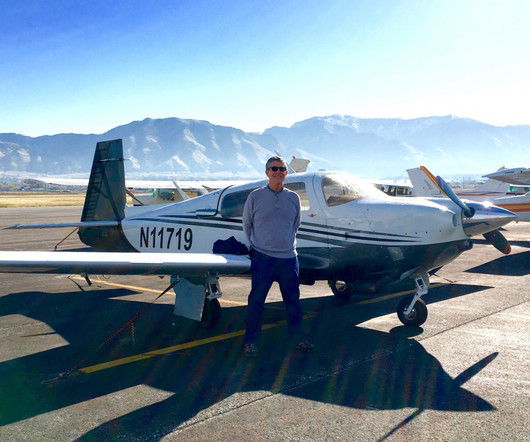
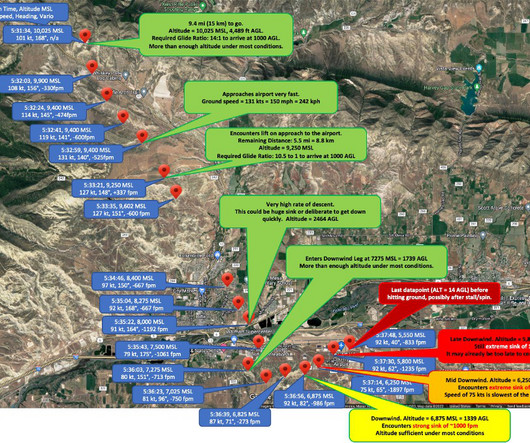
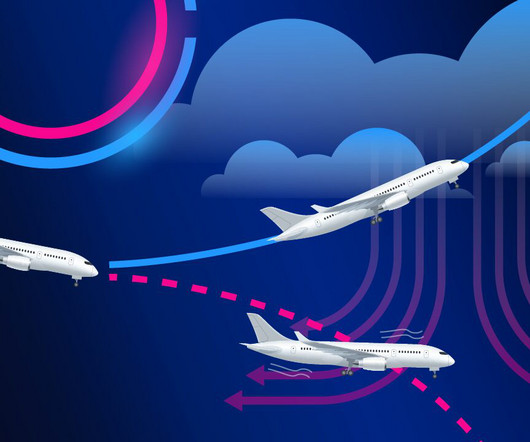

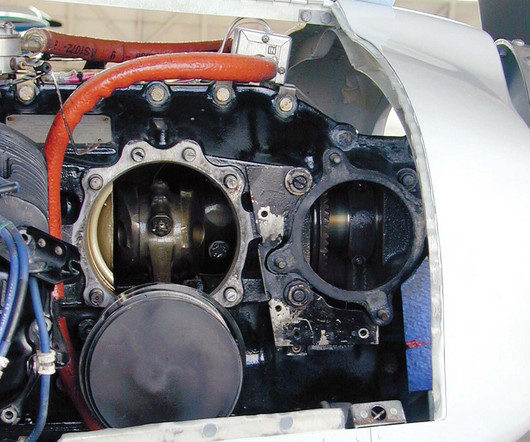
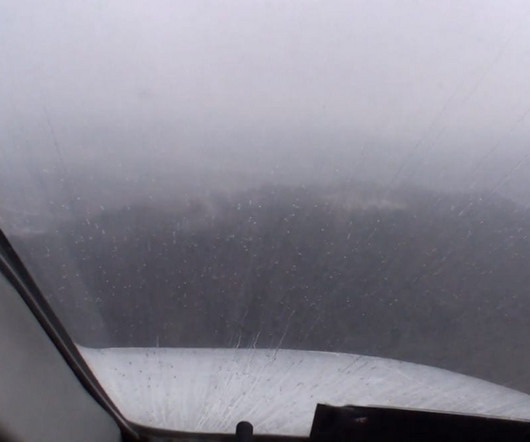






Let's personalize your content